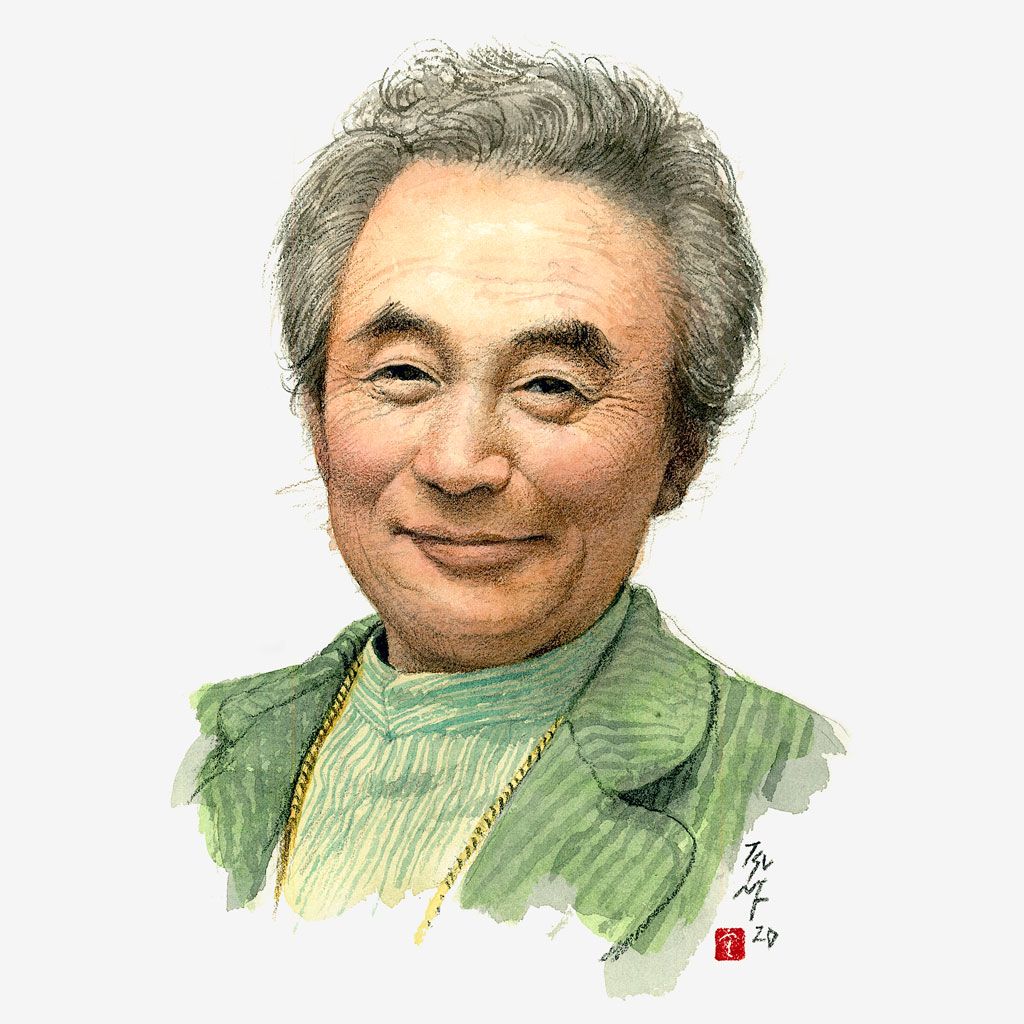Butterfly Stool
Yanagi, Sōri1954 · Tendō Mokkō

Details
- Title
Butterfly Stool
- Date of Design
- 1954
- First Produced
- 1956
- Width
- 425 mm
- Depth
- 310 mm
- Height
- 387 mm
- Seat Height
- 340 mm
- Weight
- 2200 g
- Medium
- Plywood,
- Rosewood,
- Brass
- Designer
- Yanagi, Sōri




Timeline
| 1954 | Yanagi approached the Industrial Arts Institute (IAI) in Sendai, which was conducting technical research on molded plywood and asked for help in producing his design. Thanks to a determined engineer, Saburō Inui, they developed a prototype. Inui introduced Yanagi to the furniture manufacturer Tendō Mokkō. |
| 1956 | The Butterfly Stool is introduced to the public at Yanagi's first solo exhibition at the Matsuya Department Store in Tokyo. |
Tendō Mokkō begins production of the Butterfly Stool. | |
| 1957 | The Butterfly Stool makes its international debut at the Triennale in Milan. |
| 1958 | The design is modified. The most significant change was the shape of the stool when viewed from the front. The legs of the first model, introduced in 1956, were straight, whereas the legs of the new design are gently curved inwards. |
The Museum of Modern Art (MoMA) in New York adds the Butterfly Stool to its permanent collection. | |
| 1965 | Tendō introduces a larger model for overseas markets. |
| 1970 | Tendō celebrates its 30th anniversary. On this occasion, they released an acrylic version of the Butterfly Stool. They came in transparent, red, blue, and gray editions and were produced until 1971. |
| 1992 | The design of the larger model is revised. Tendo decided to switch to the larger model in Japan as well. They continued to sell it until 1998, when the Butterfly Stool returned to its original size. |
| 2001 | Vitra begins production of the Butterfly Stool. |
Awards
| 1966 | Good Design Award |
| 2016 | Good Design Long Life Design Award |
Remarkable
Connections
Selected


